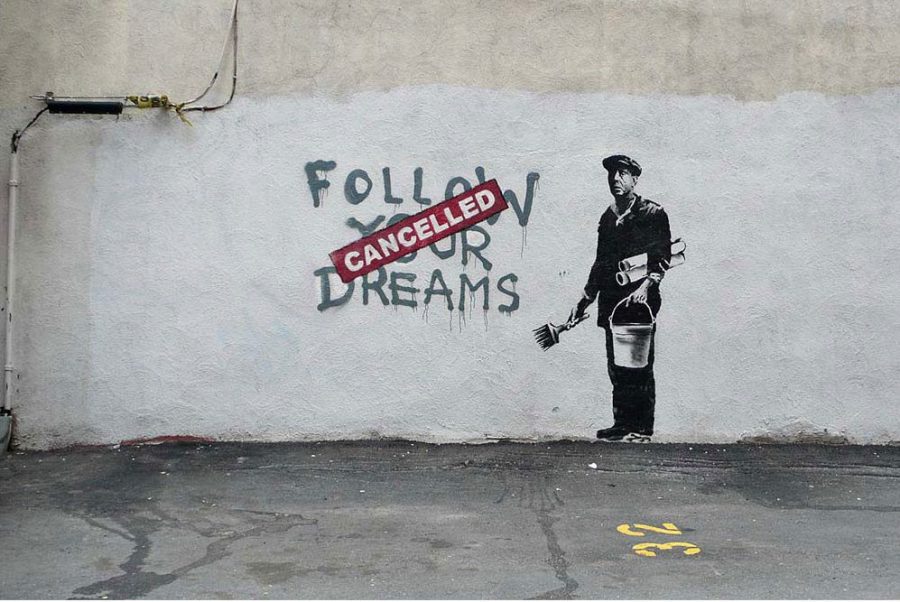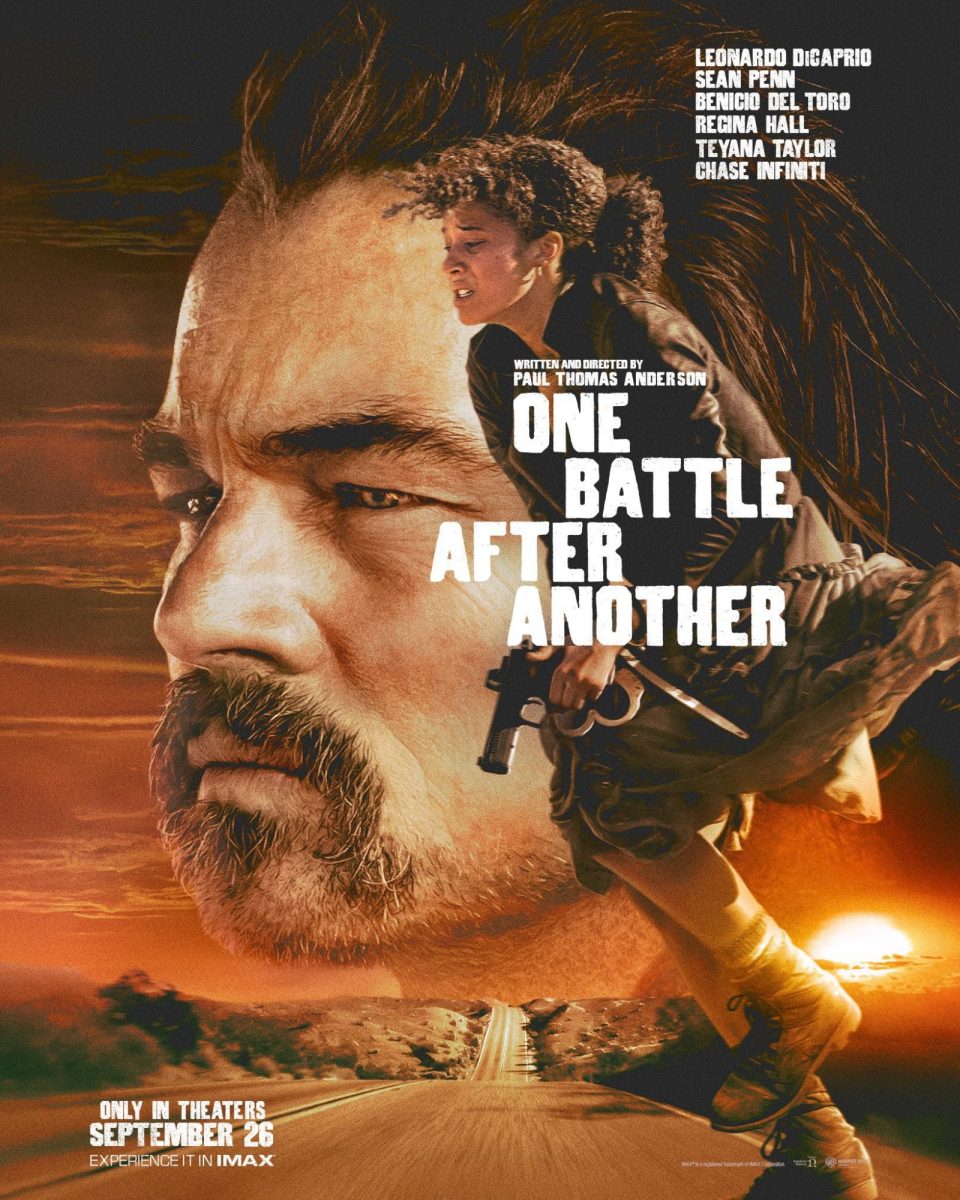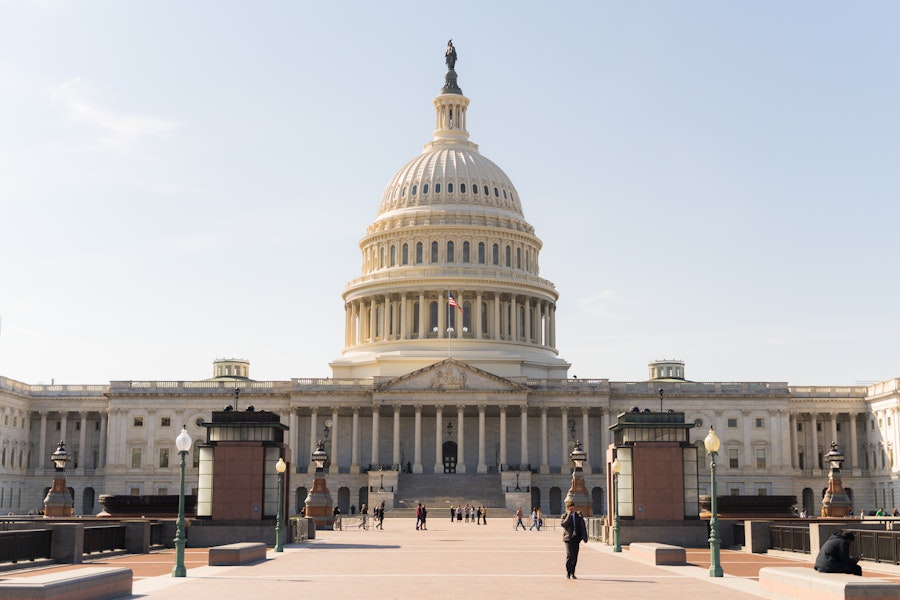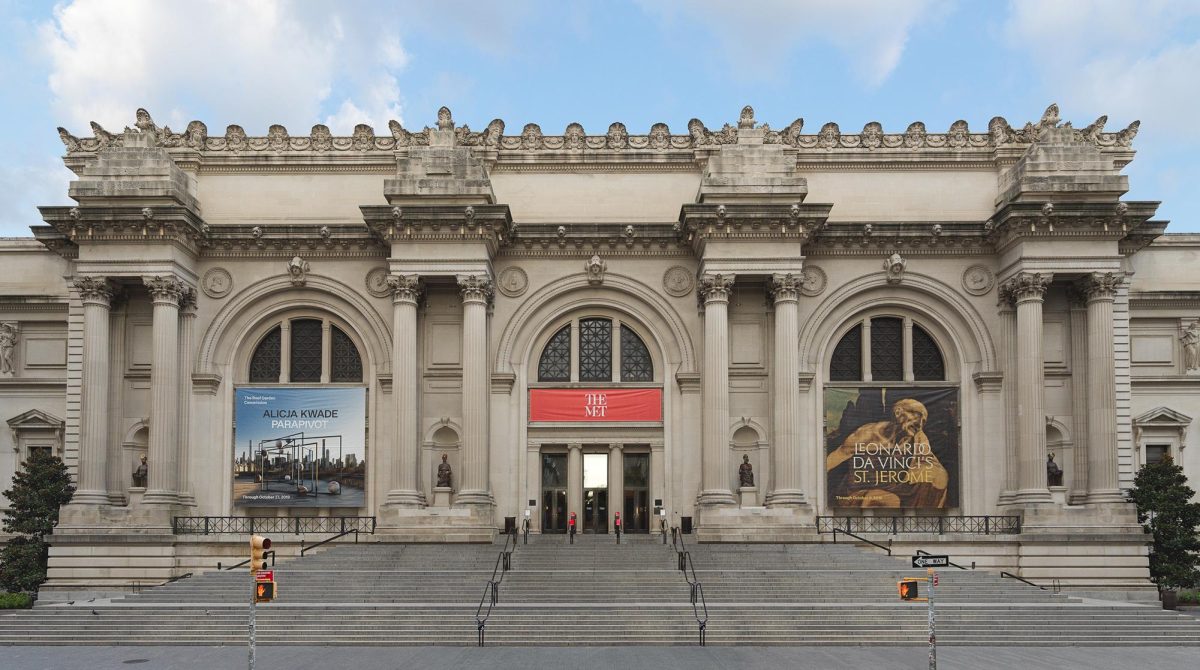I remember a striking thought when I was nine. What if my mom is Sia? For all I knew, my mother could be the voice shrieking “Chandelier” on the radio on the way to Grandma’s house. Her book club meetings every other Wednesdas could be performances in New York City, and perhaps her “work trips” could be to LA for a red carpet event. Sia left my nine-year-old mind void of anything to prove my speculations right or wrong, a conscious choice and an attribute of her artistry that I grew to respect.
Anonymity is a powerful tool. Yet artists like this push us into a frenzy: we, the public, need to know who Banksy is, we must figure out who Elena Ferrante is. Journalistic hunts spike public interest. They attract readers and views. But these groundless (or substantiated) speculations about an artist’s identity threaten a fundamental part of their artistic output.
In 2016, journalist Claudio Gatti “unmasked” anonymous author Elena Ferrante, after following income patterns of everyone connected to Ferrante’s publishing house. To defend himself, Gatti argued that by refusing to disclose her identity, “Ferrante has in a way relinquished her right to disappear behind her books,” implying that successful artists owe their identity to the public. This confusing justification has been employed in other contexts. Critics claim that artists are using anonymity as a marketing scheme, and thus once an artist has found success, they should feel inclined to reveal themselves.
Ferrante’s fans were outraged by Gatti for two principal reasons: first, they adored the idea that Ferrante could be anyone: a man, a woman, a young girl in Barcelona or an old man in Kansas. Second, they were enchanted by the idea that her books could stand alone, without extravagant book events or huge headshots of the author on the inside back cover–without an identity to associate the art with.
As is evident from these reasons, anonymity does not actually let art stand alone. The concept adds something powerful. Not knowing where a piece came from or by whom it was produced adds a layer to experiencing the piece. The idea of an artistic mystery is refreshing and exciting. Elena Ferrante writes brilliant books, yes, but her anonymity does, for many fans, add to their appeal. This does not make anonymity a ploy for money, it makes it a compelling addition to already powerful art pieces.
When it comes to street art or other art forms usually void of publicity events, it’s hard to perceive why anonymity even makes a difference. Try this: think of this work of Banksy’s.
Now, look at the piece with the knowledge that it was created by some guy named John. Or maybe a woman named Cheryl. Picture your great-uncle painting it, picture Beyonce painting it. You might view the piece differently, right? Banksy didn’t want that. Banksy wanted you to know nothing.
When you look at most artists’ work, you have at least a name and maybe a face that you associate with the artwork, a detail you lack when taking in Banksy’s work.
Today, there are thousands of articles about who Banksy may be. Dozens of names have been thrown about, and when we hear those names, we associate them with the art piece. This, just like knowing the name behind Elena Ferrante, destroys a valuable and valid layer of experiencing their art.
To detach a name and a face, to have works of art be an artist’s only output–it creates a piece of art in itself, one that has consumed me as a child, fascinates many, and confuses some to the point that they must speculate about an artist’s identity.
We have to resist this dangerous curiosity, and leave anonymous artists alone. It’s something beautiful, to wonder if your mother is Sia. It’s something confusing but ultimately powerful, to strengthen art by letting it stand alone.










